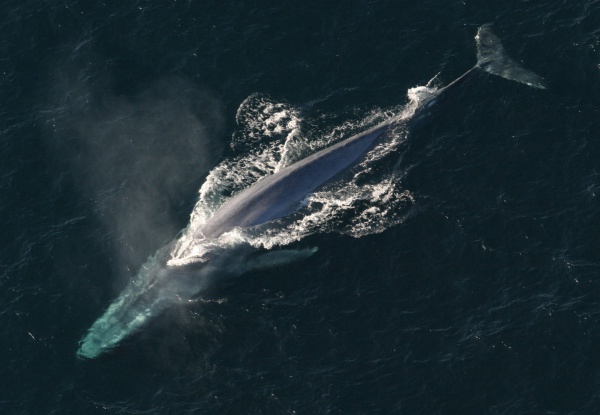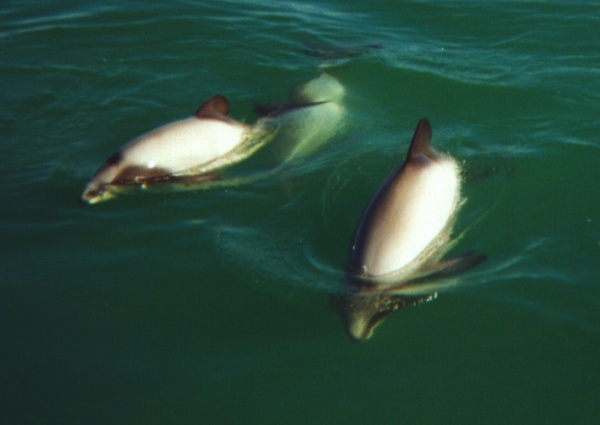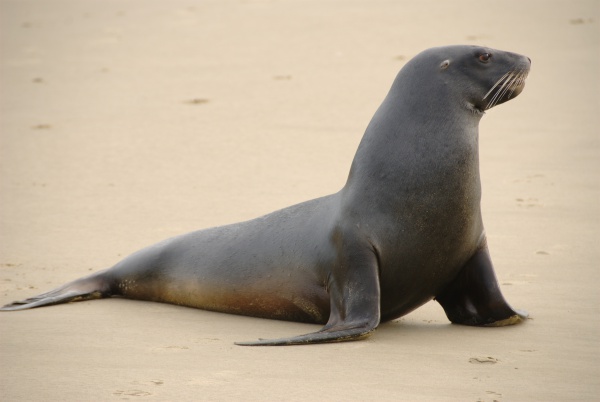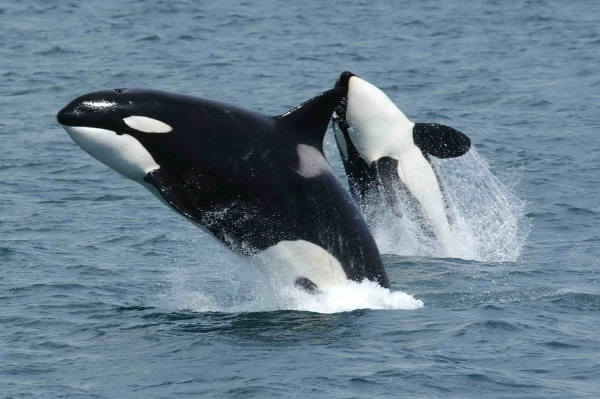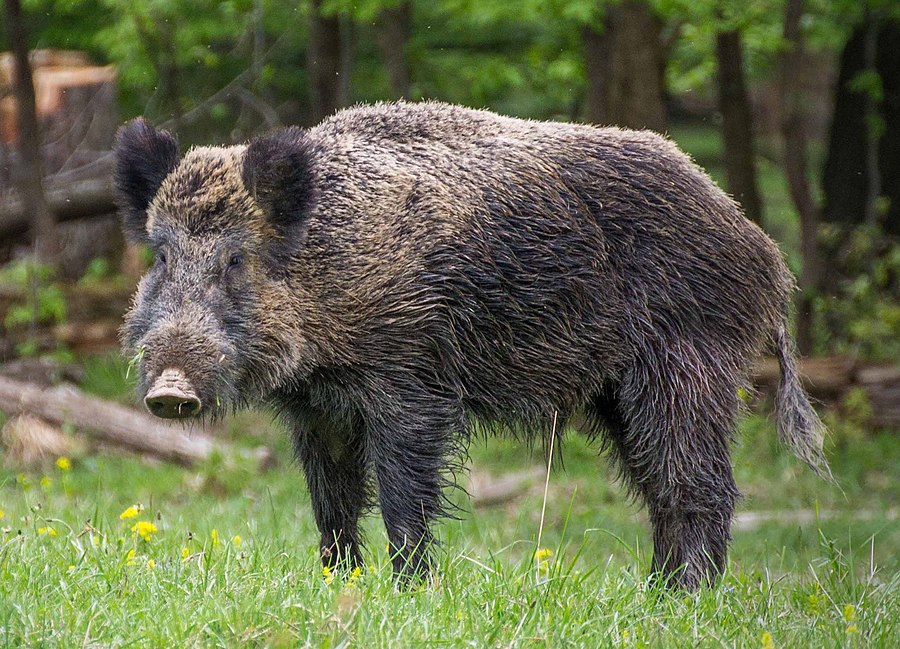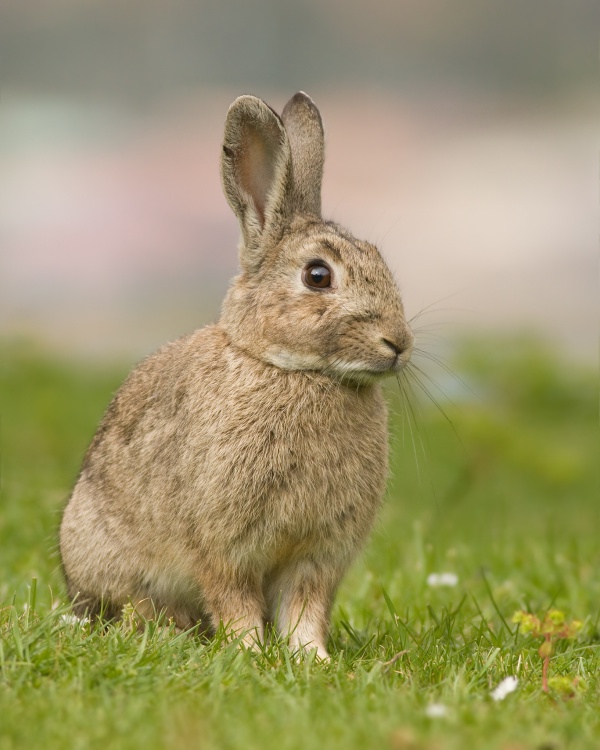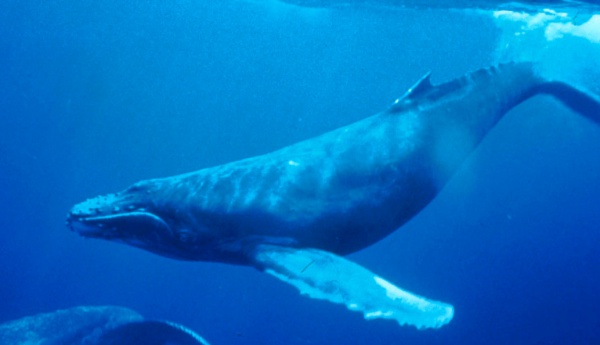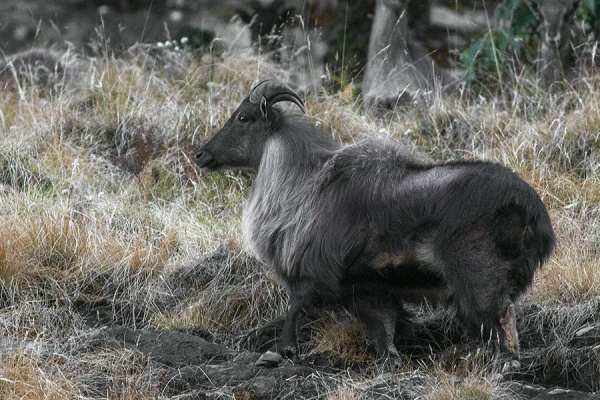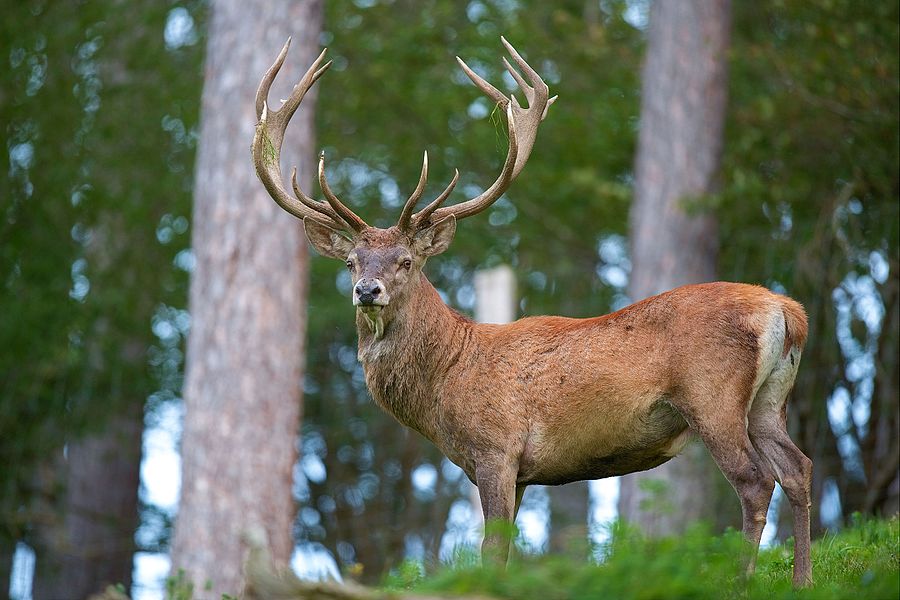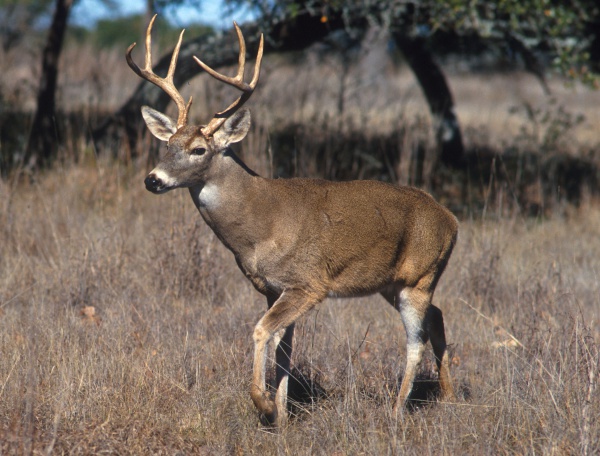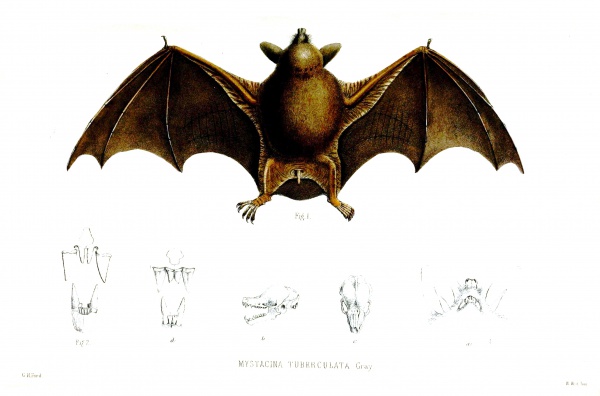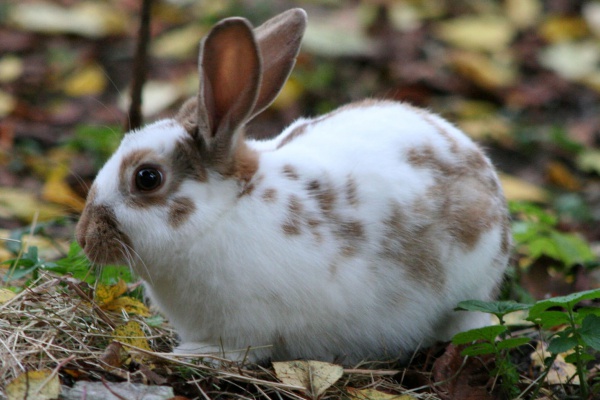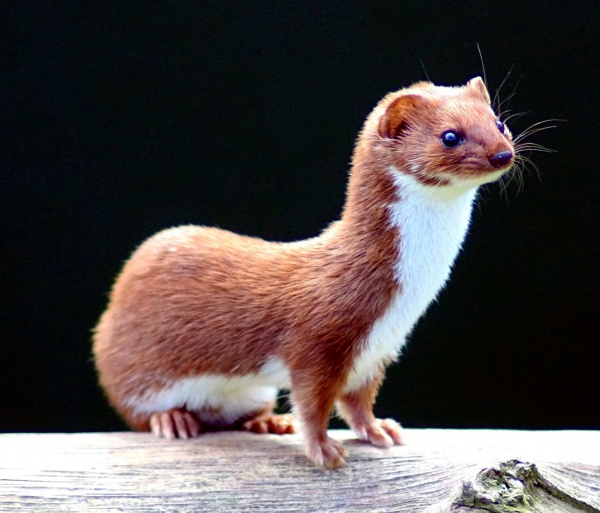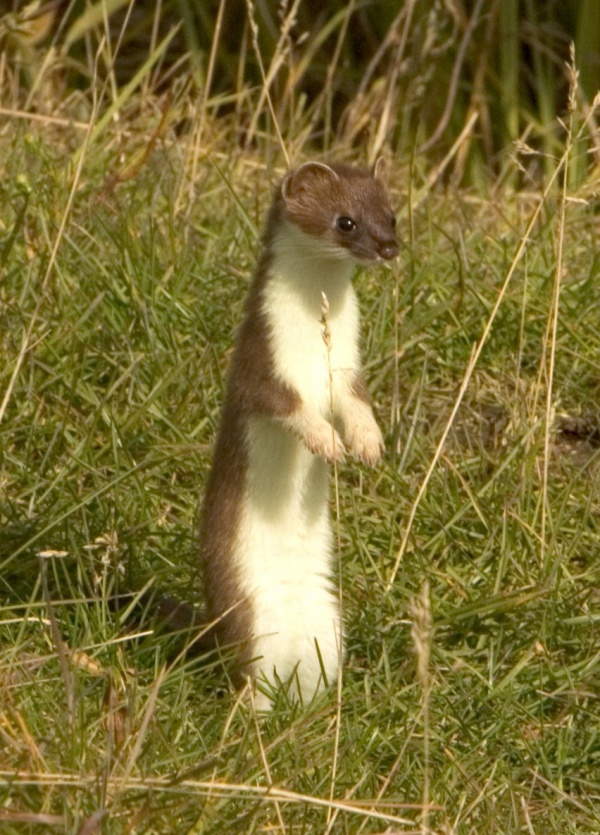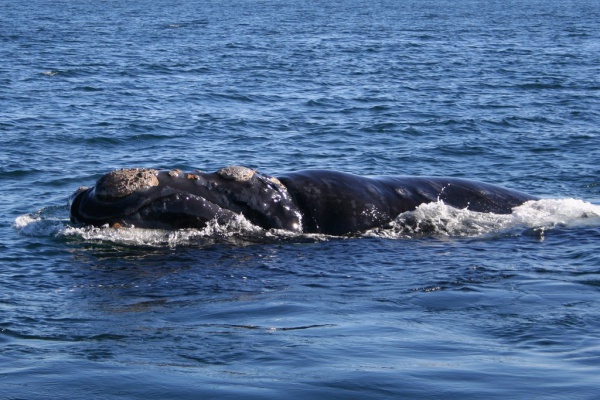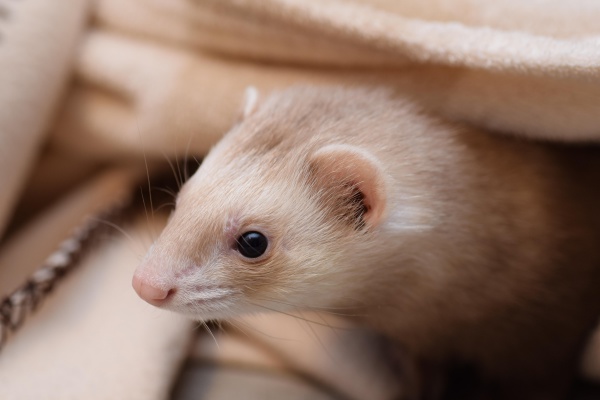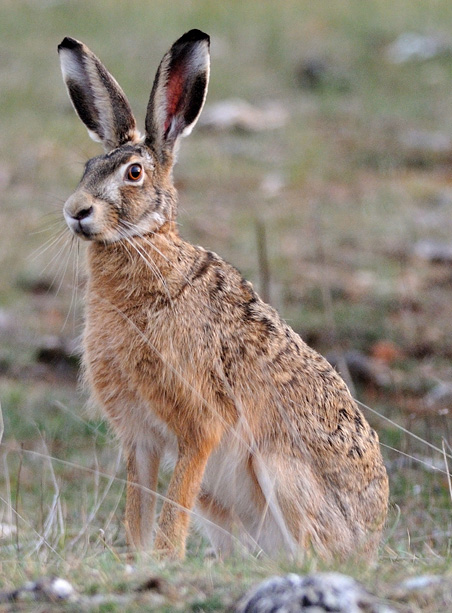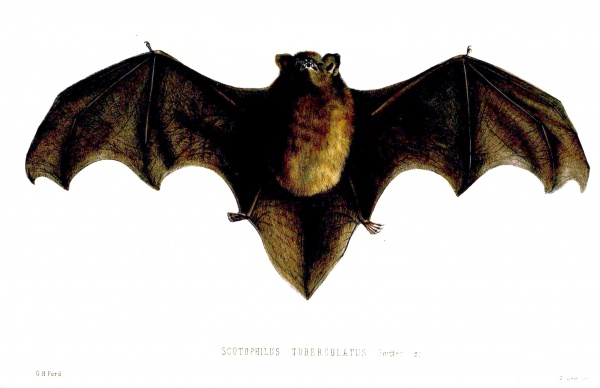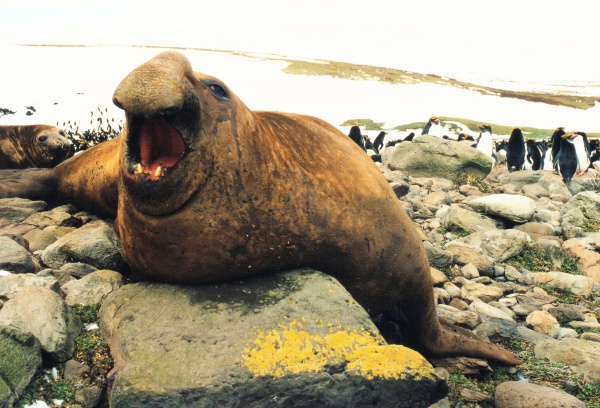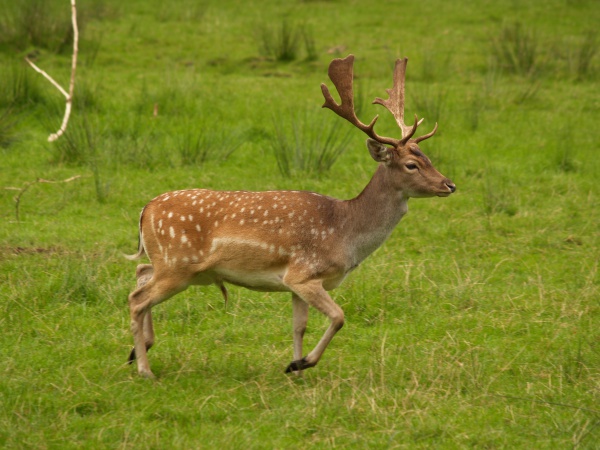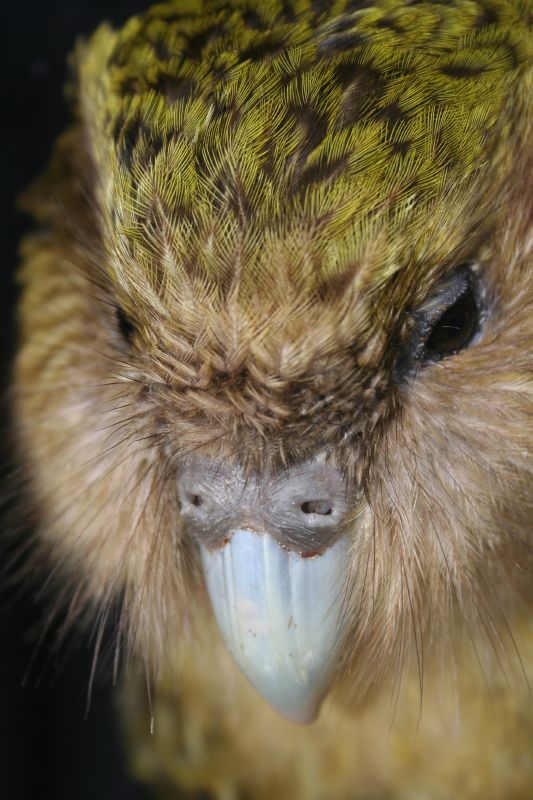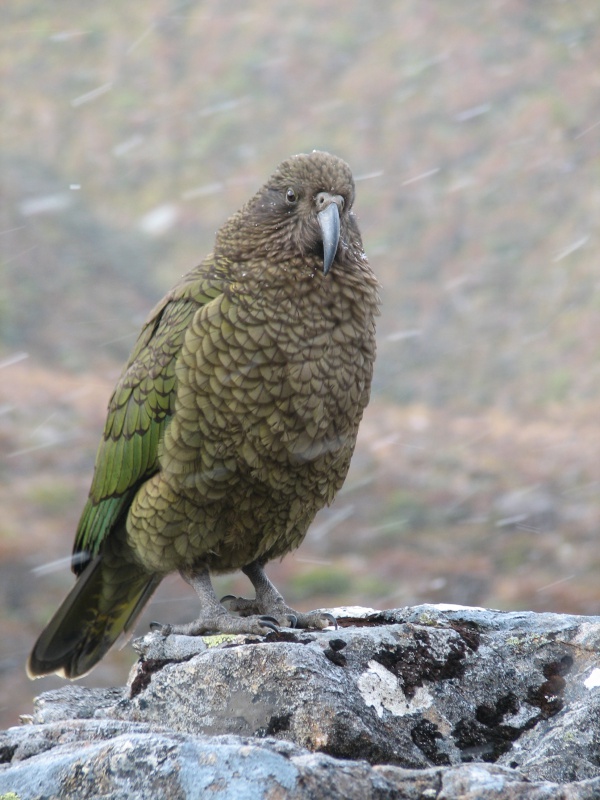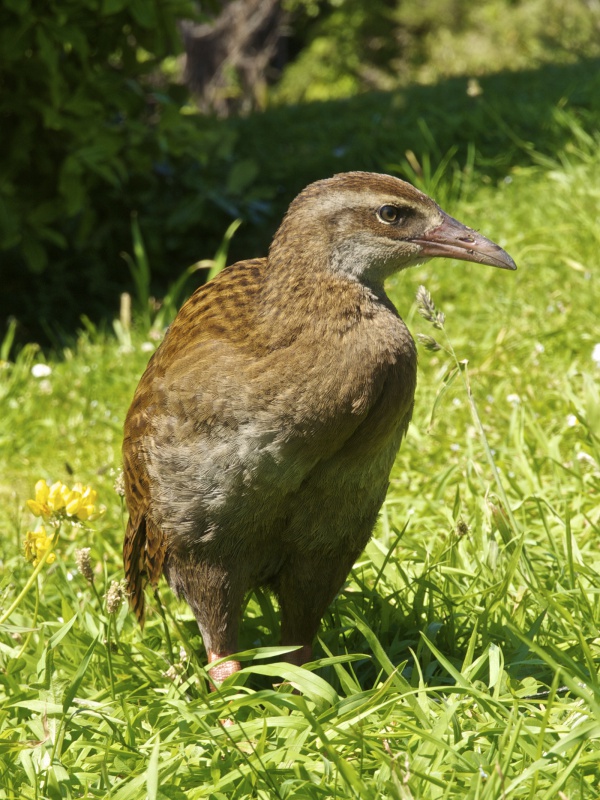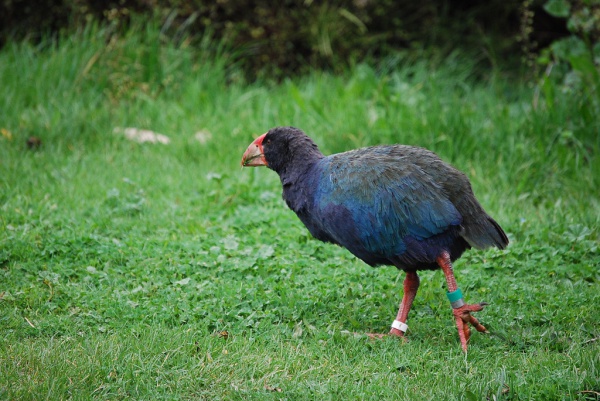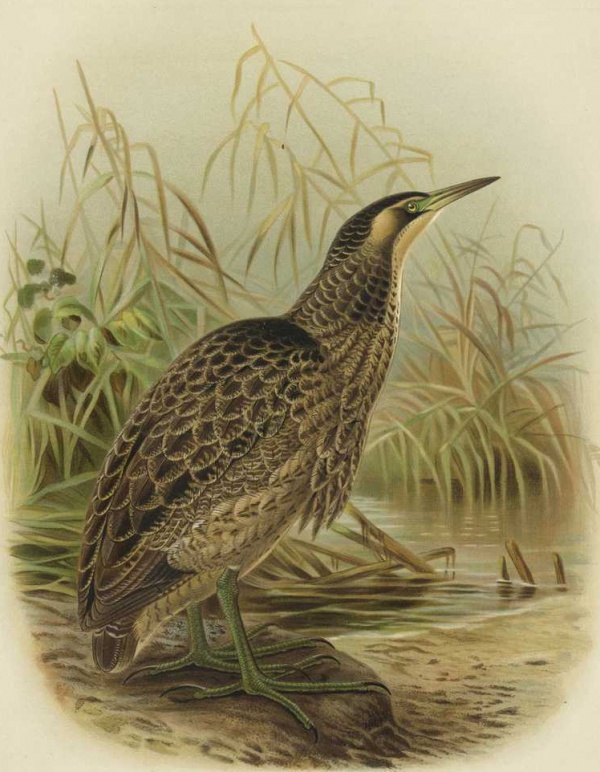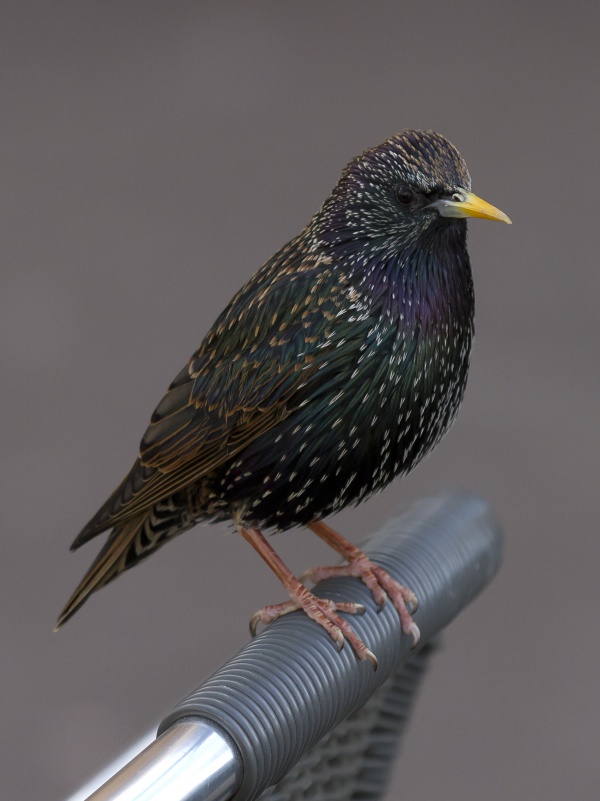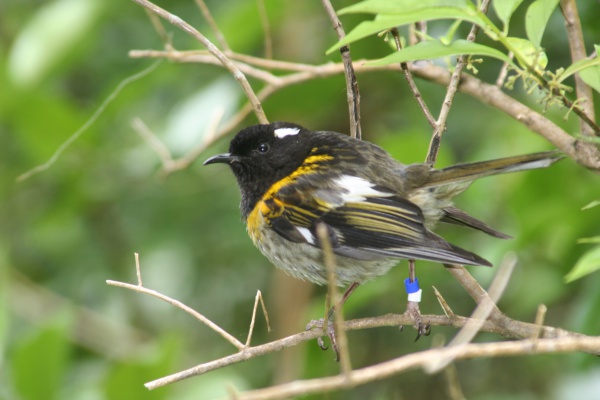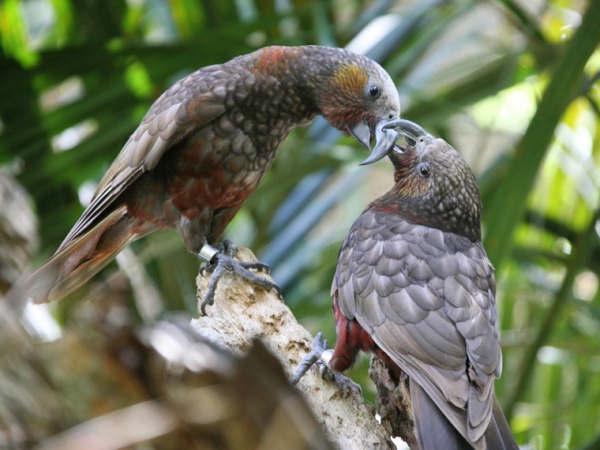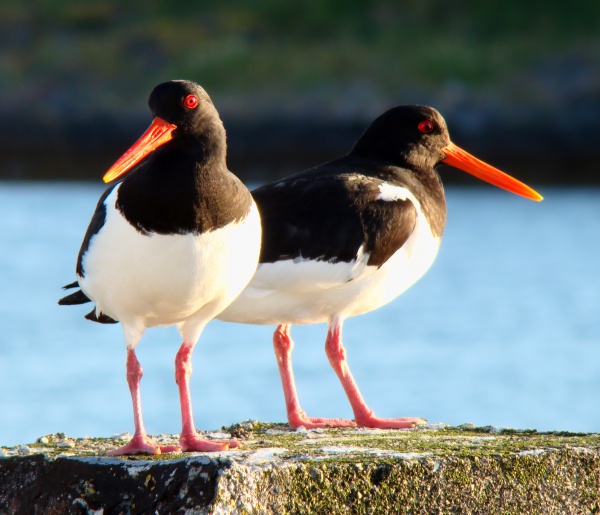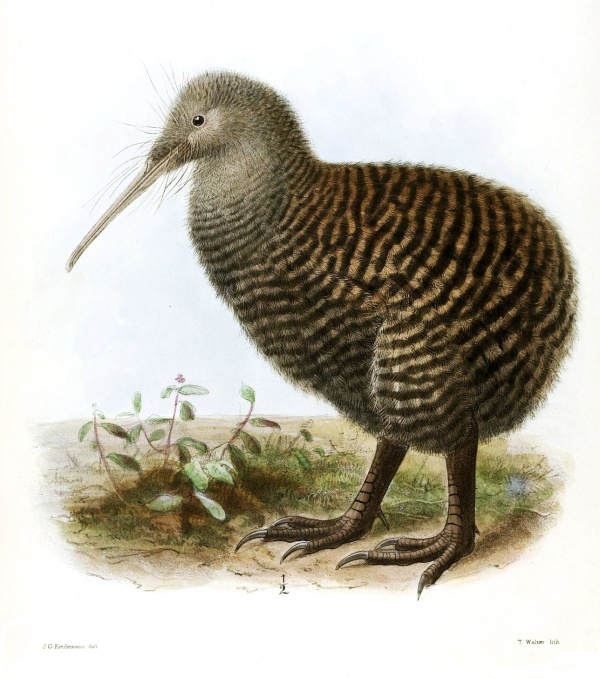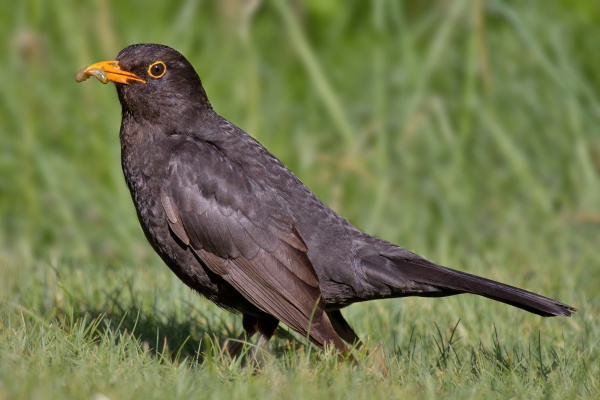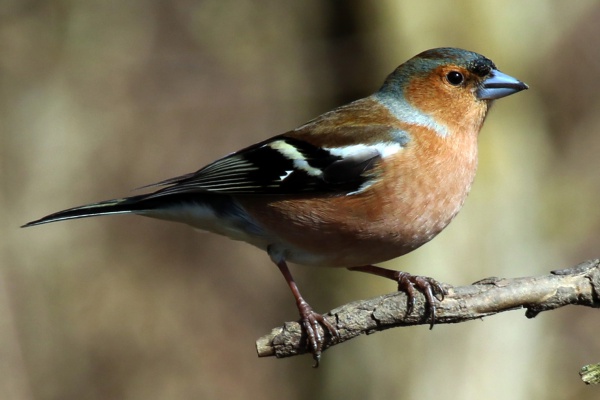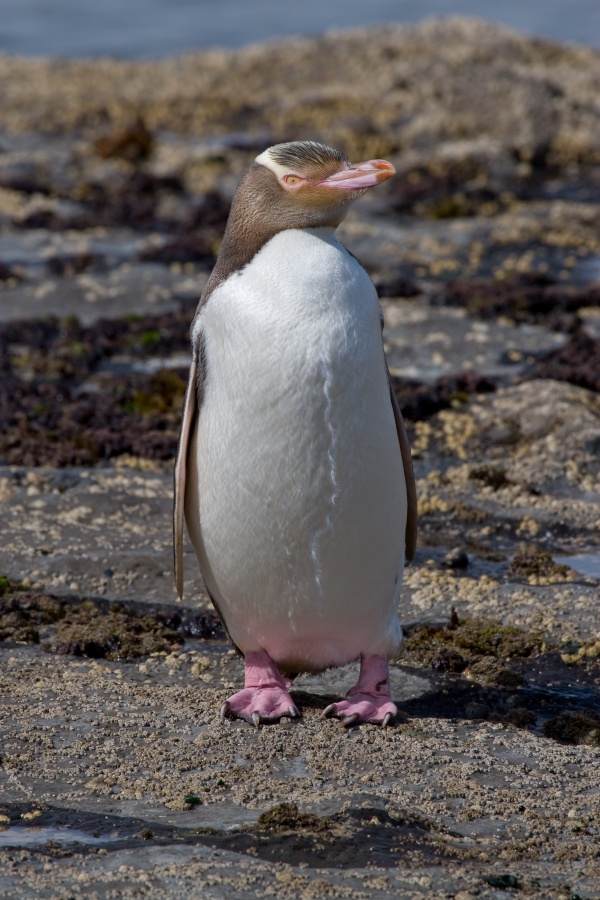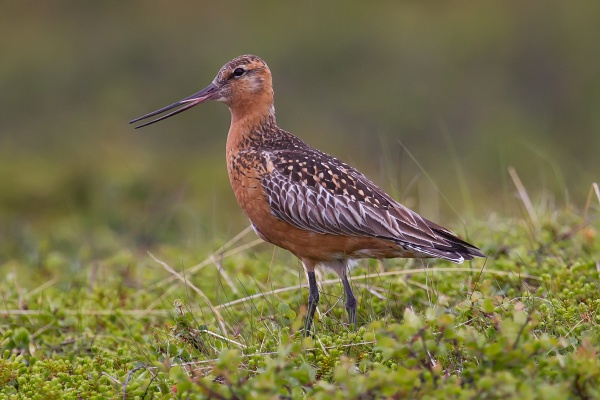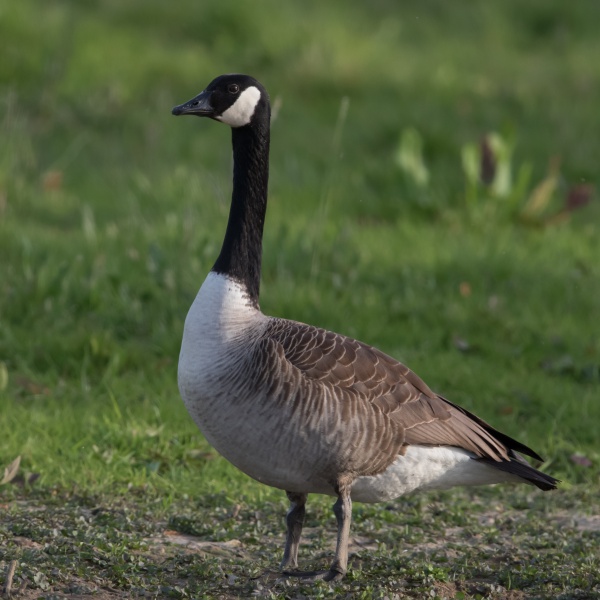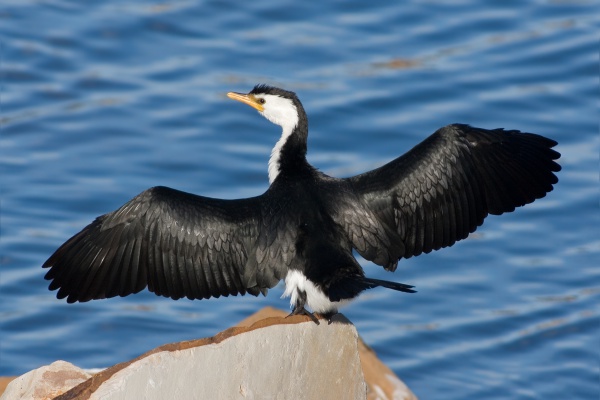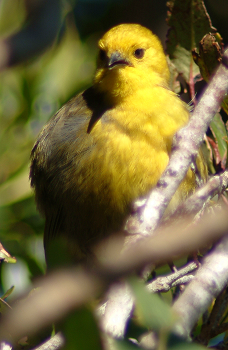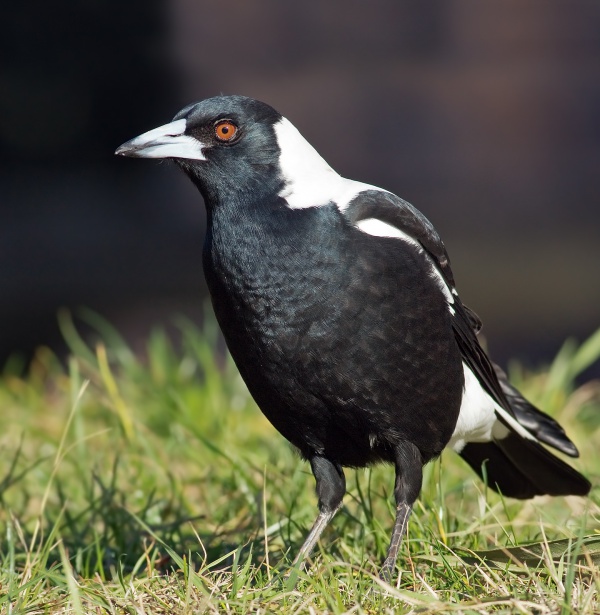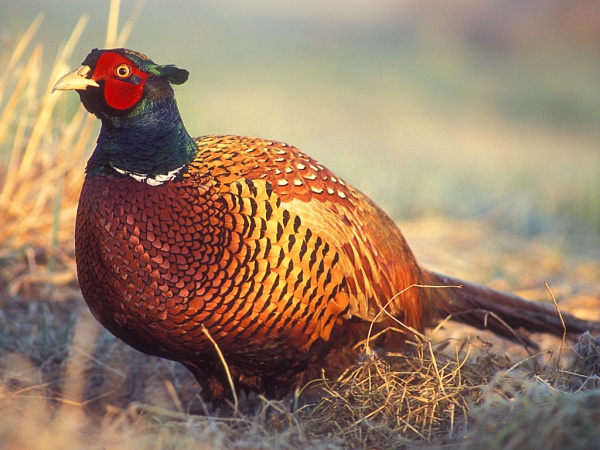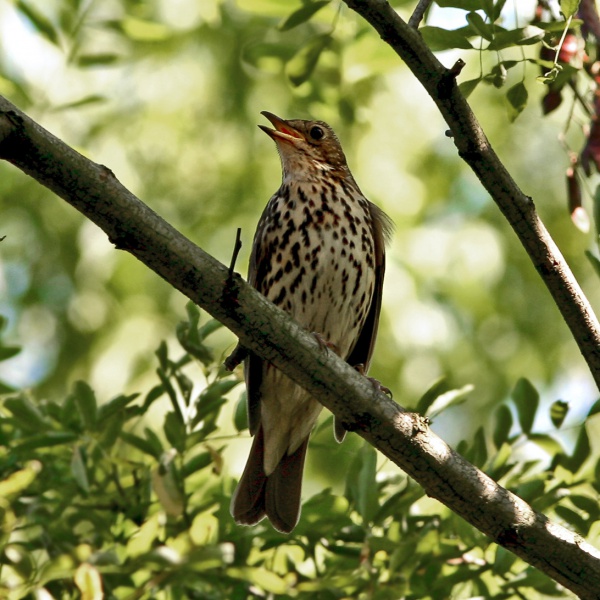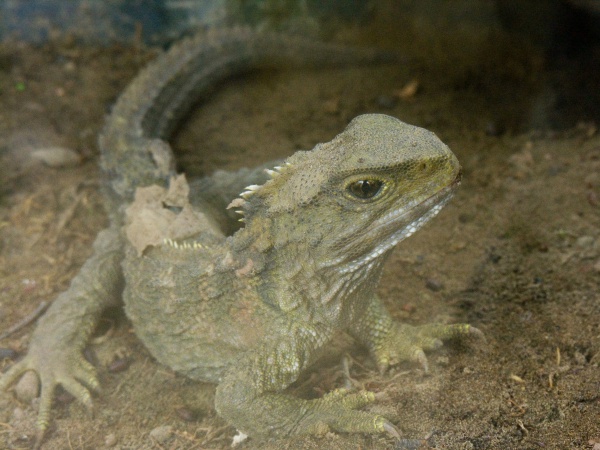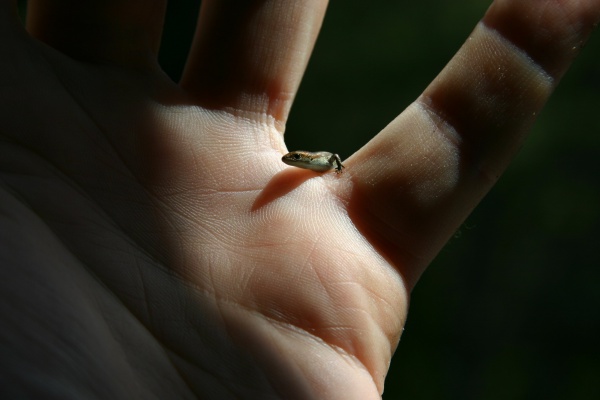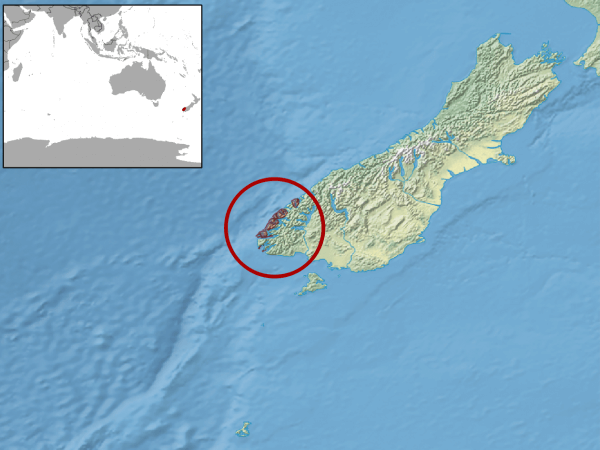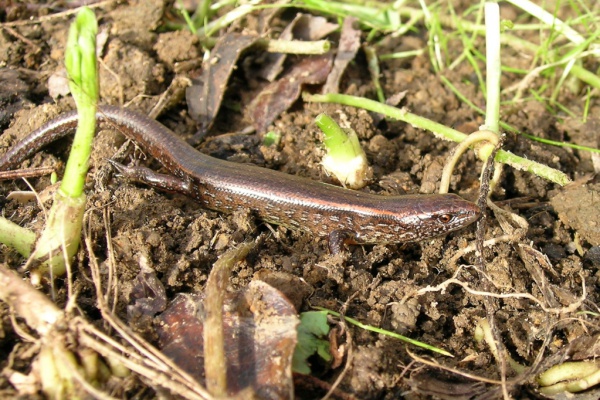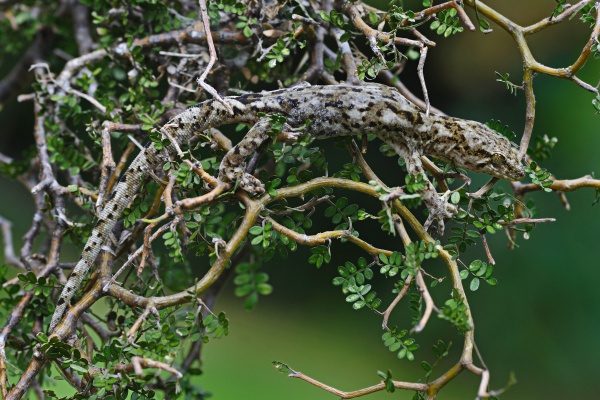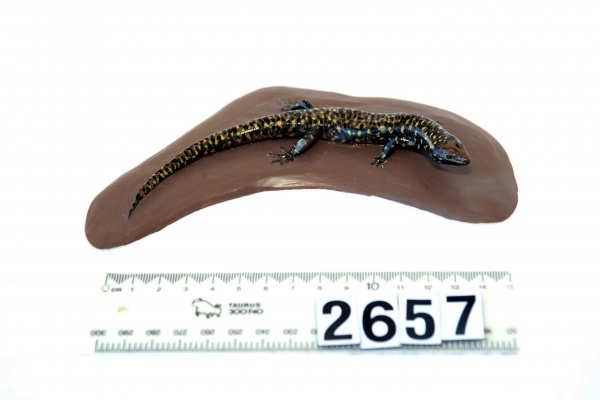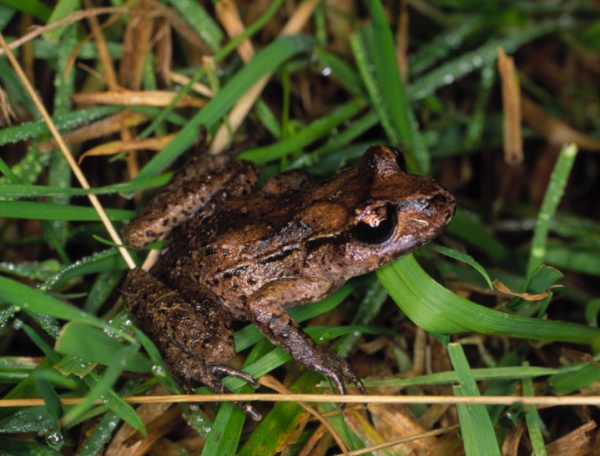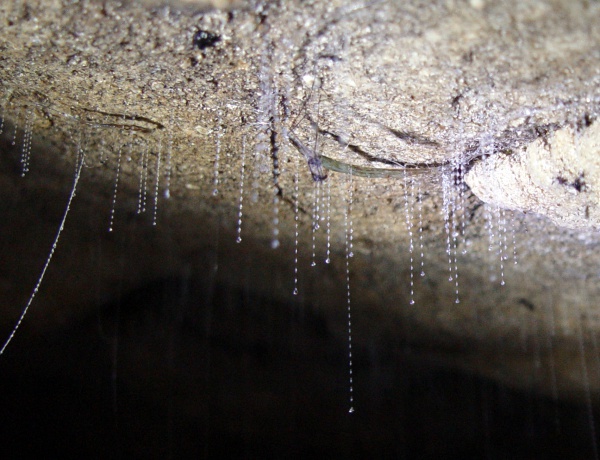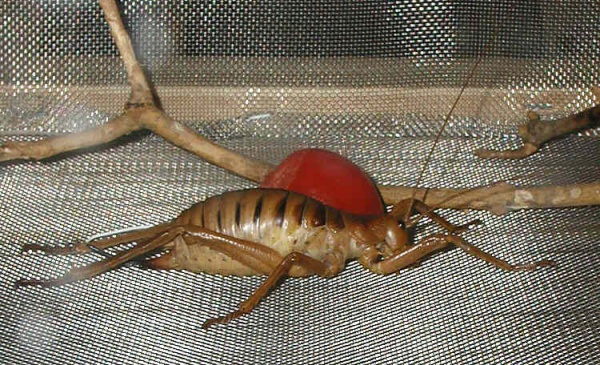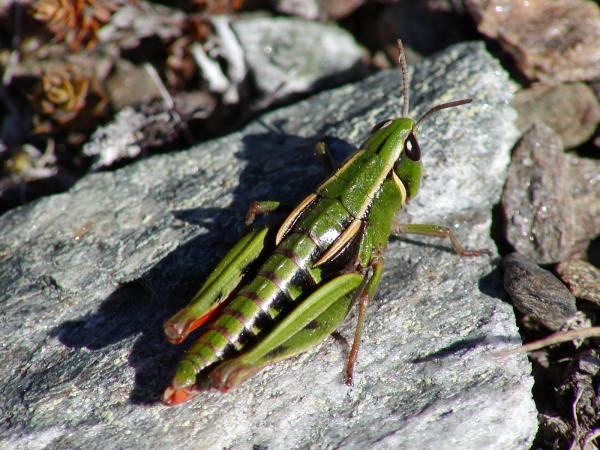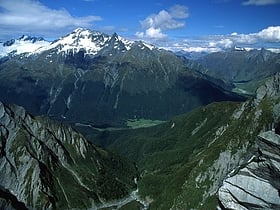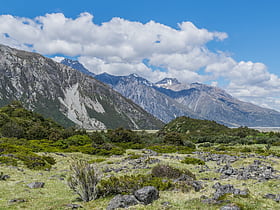
New Zealand Animals
Follow the Trail of Wild Nature – Nature Tourism in New Zealand
New Zealand, a land of stunning natural beauty, is also home to a unique and diverse array of wildlife. From the rugged coastlines to the lush forests and snow-capped mountains, this island nation is teeming with fascinating creatures that have evolved in isolation for millions of years.
As you explore the wilds of New Zealand, you may encounter the iconic kiwi, a flightless bird known for its nocturnal habits and distinctive call. Keep an eye out for the playful fur seals basking on the rocky shores, and the mischievous kea, a mountain parrot with a penchant for curiosity. And don't forget the majestic albatross, soaring effortlessly over the Southern Ocean. Join us as we delve into the captivating world of animals that call New Zealand home.
Mammals of New Zealand
In the verdant landscapes of New Zealand, a variety of mammals can be observed, though the selection is more limited due to the country's isolated evolution. The most iconic are the various species of bats, including the long-tailed bat and the lesser short-tailed bat, which are New Zealand's only native land mammals. Introduced species, such as the brushtail possum, originally from Australia, are now widespread and have significant ecological impacts. The waters around New Zealand are rich with marine mammals, including several species of dolphins like the common dolphin and the Hector's dolphin, which is one of the world's smallest and rarest marine dolphins. Fur seals and sea lions also haul out on rocky shores, providing spectacular wildlife viewing opportunities.
Birds of New Zealand
New Zealand's avian tapestry is rich with unique species, many of which are found nowhere else on Earth. The iconic kiwi, a flightless nocturnal bird, is a national symbol and can be found in various forest habitats. The kea, a highly intelligent alpine parrot, is known for its inquisitive nature and is often spotted in the South Island's mountainous regions. The kākāpō, another flightless parrot, is critically endangered and the focus of intensive conservation efforts. The tūī, with its distinctive white tuft and melodic call, is a common sight in native bush and suburban gardens. The New Zealand fantail, or pīwakawaka, with its acrobatic flight, is a cheerful presence across the country. These birds, among others, form the heart of New Zealand's unique birdlife, captivating birdwatchers and nature enthusiasts alike.
Reptiles, Amphibians, Insects
Top Spots for Wildlife Observation in New Zealand
- Fiordland National Park, located in the southwest corner of the South Island, is a vast wilderness area where you can encounter the iconic flightless kiwi, the cheeky kea (a native parrot), and the rare Fiordland crested penguin along the coastal areas. The park's dense forests and remote fjords also provide habitat for the blue duck and the elusive southern brown kiwi.
- Abel Tasman National Park, situated at the top of the South Island, offers golden beaches and clear waters where you can spot fur seals frolicking in the bays, little blue penguins, and a variety of seabirds. The park's coastal forests are also home to the melodious tui and bellbirds.
- Tongariro National Park, in the central North Island, is a dual World Heritage site with active volcanic landscapes. Here, you can see the North Island brown kiwi and the endangered whio or blue duck in the park's rivers. The alpine tussock grasslands provide a habitat for the New Zealand falcon and the rare rock wren.
- Aoraki/Mount Cook National Park, located in the central South Island, is known for its high peaks and glaciers. This alpine environment is home to the kea and the rock wren. The Tasman Valley within the park is a good place to spot the Australasian crested grebe on the glacial lakes.
- Westland Tai Poutini National Park, on the West Coast of the South Island, is famous for its glaciers and rugged coastline. The dense rainforests are a haven for the rowi, the rarest species of kiwi, and the coastal areas provide breeding grounds for the Fiordland crested penguin.
- Rakiura National Park, on Stewart Island, is one of the best places to see the southern brown kiwi, locally known as the Rakiura tokoeka, in the wild. The island's pristine beaches and forests also support a variety of seabirds, including the sooty shearwater and the Stewart Island shag.
- Te Urewera, formerly a national park and now a protected area managed by the Tūhoe people, is located in the North Island. This remote wilderness is the stronghold of the North Island brown kiwi and the kākā, a forest parrot. The park's lakes and rivers are also home to the whio.
